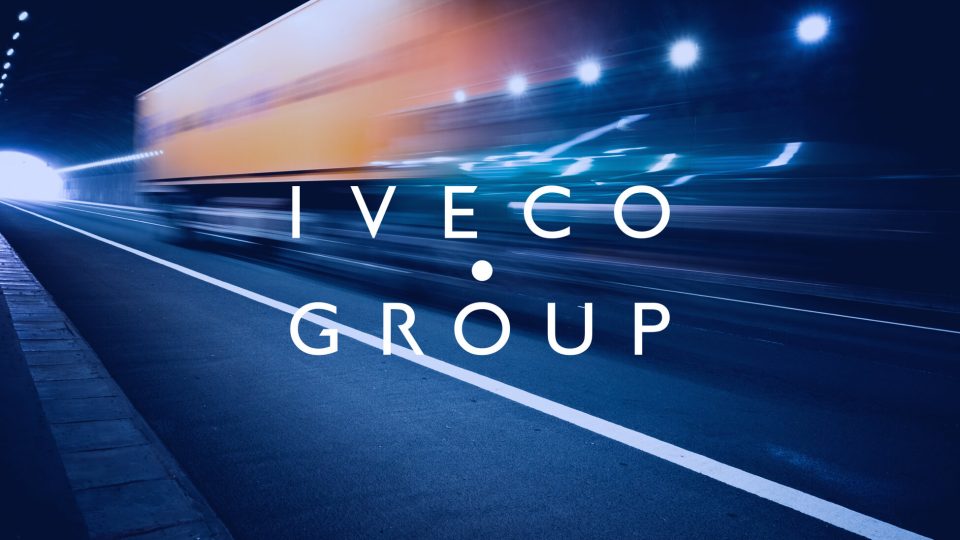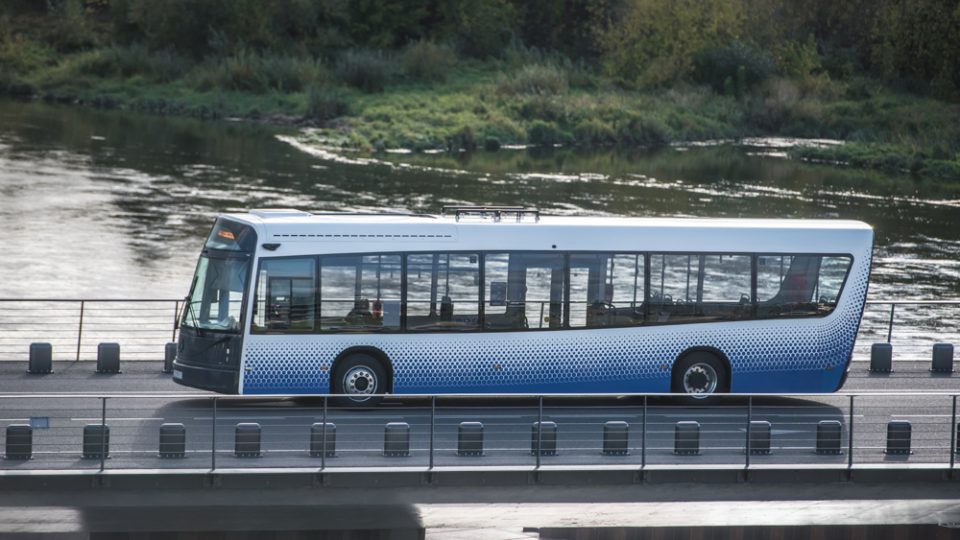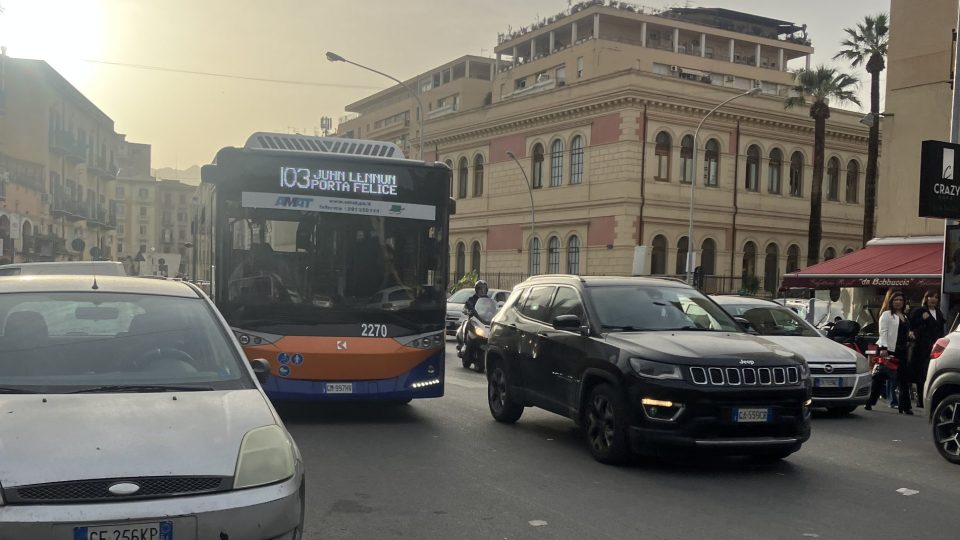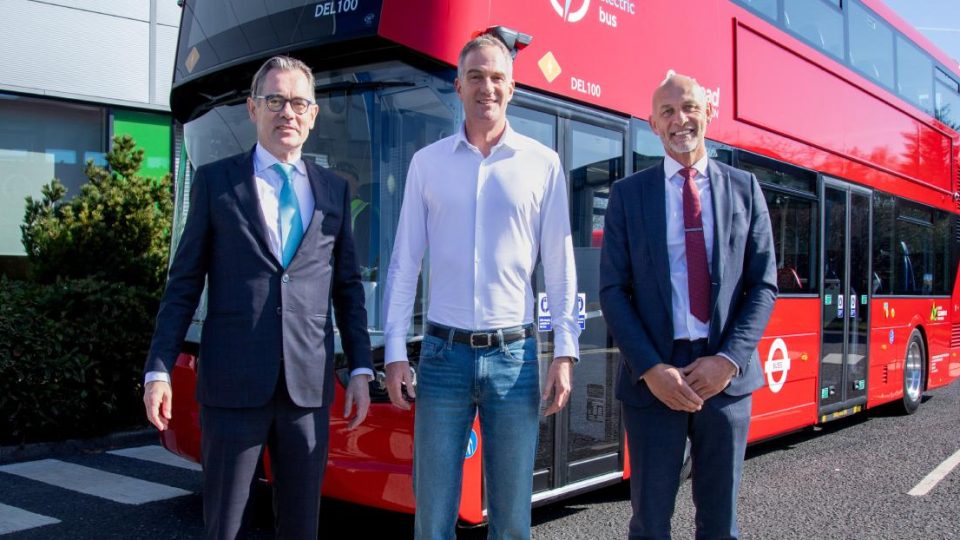4,500 electric school buses were committed in USA during 2024 (raising total to 14,000)
The electrification of school buses in the United States is rapidly accelerating, with over 13,759 electric school buses committed by 1,572 school districts and fleet operators (4,500 in 2024 only), according to data from the Electric School Bus Data Dashboard available on the website of the Electric School Bus Initiative. This initiative, spearheaded by the […]
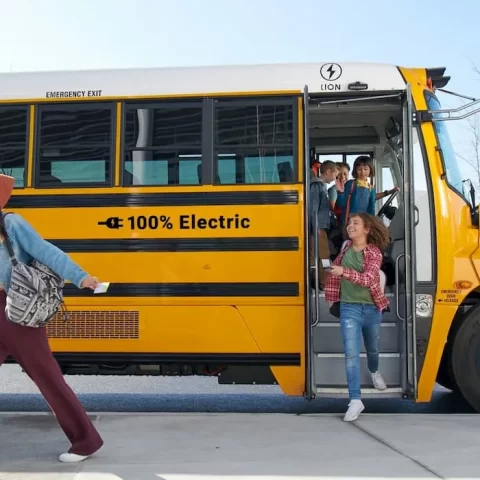
The electrification of school buses in the United States is rapidly accelerating, with over 13,759 electric school buses committed by 1,572 school districts and fleet operators (4,500 in 2024 only), according to data from the Electric School Bus Data Dashboard available on the website of the Electric School Bus Initiative. This initiative, spearheaded by the World Resources Institute in partnership with the Bezos Earth Fund, tracks the progress of ESB adoption nationwide.
The data shows a clear upward trend in commitments, with significant jumps after 2022: 4,500 ESBs were committed in 2024; 3,536 in 2023; 3,288 in 2022; 1,110 in 2021. Before that, less than 500 per year in 2020 and 2019.
Looking at latest developments in the sector, Thomas Built Buses announced launch of new generation Jouley electric school bus. At the same time, Lion Electric, the top seller of electric school buses in North America, filed for credit protection.
| 2024 | 4,500 ESBs committed |
| 2023 | 3,536 |
| 2022 | 3,288 |
| 2021 | 1,110 |
Electric school buses in USA
A bus is considered “committed” by the initiatve once it reaches any of the four stages of adoption: awarded, ordered, delivered, or operating. The term “committed” applies when a school district or fleet operator has either been awarded funding to purchase the bus or has made a formal agreement to buy it from a manufacturer. It’s important to note that a bus is not deemed committed simply based on an expressed intent to acquire one. The commitment becomes official once there is concrete action—such as an agreement or funding allocation—demonstrating a clear path toward purchase or operation.
This growth is likely influenced by several factors, with as many as 114 funding sources used. However, two thirds of the committed electric school buses is provided under the Clean School Bus Program. 2,214 vehicles funded by that programme are already delivered or operational. In late 2024, EPA funds were announced for the procurement of 2,400 zero emission heavy-duty vehicles, with 70% of the investments for school buses.
However, despite this progress, the overall percentage of ESBs in the U.S. school bus fleet remains relatively low. The 13,759 committed ESBs represent just 2.8% of the total fleet, which stands at 492,627 units. Over 100,000 buses are from 2009 or earlier, highlighting the need for significant investment to replace these older, polluting models with ESBs.
The data also reveals that 34% of school districts and 35% of all school bus riders are in states with supportive policies for zero-emission vehicles.


